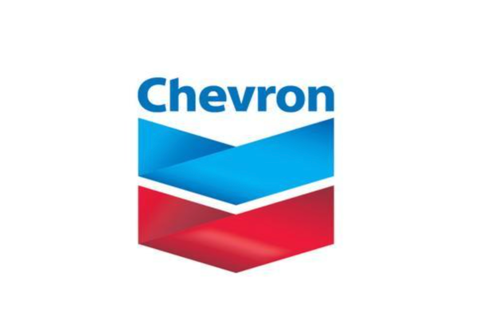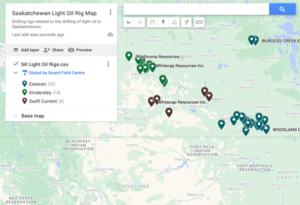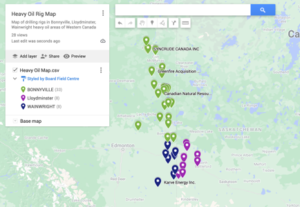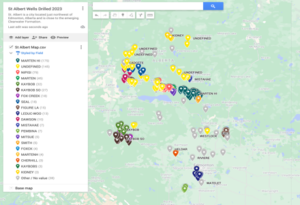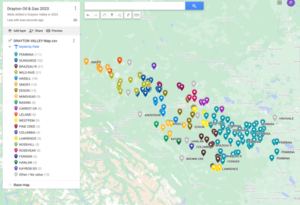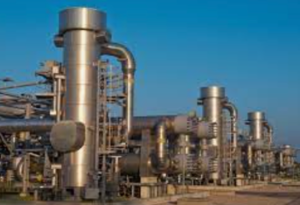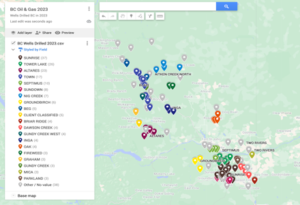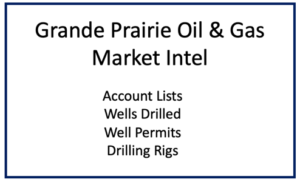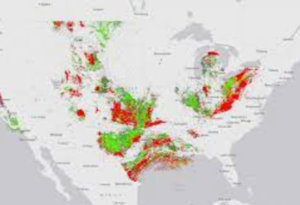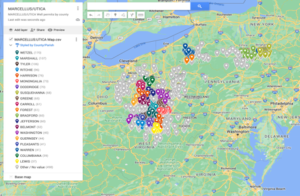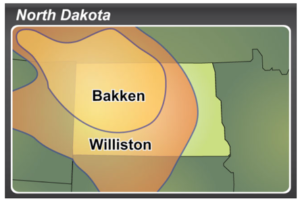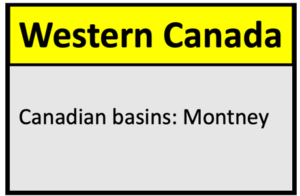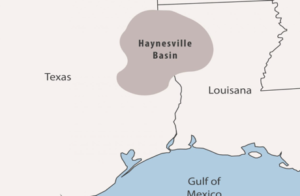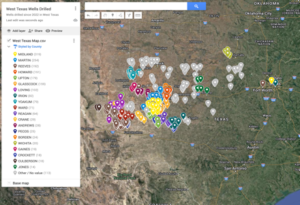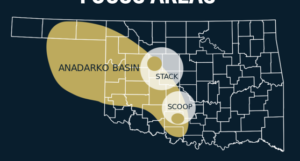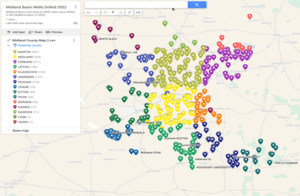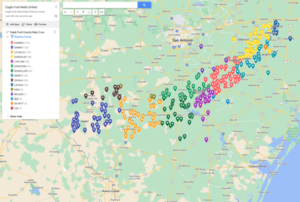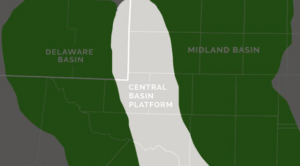Chevron Corp.’s decision to scale back production growth in the Permian Basin signals a pivotal moment for the U.S. shale industry, reflecting a broader shift toward financial discipline over rapid expansion. The move, which includes reducing capital expenditures by as much as 10% in 2025, highlights a maturing oil sector prioritizing shareholder returns and free cash flow amid fluctuating global demand. As the Permian—a key driver of the American shale boom—approaches its production peak, Chevron’s recalibration underscores the challenges facing the U.S. energy sector, including balancing profitability with output and navigating global market pressures.

This report highlights several critical themes in the oil and energy landscape:
- Chevron’s Strategic Shift:
- Chevron plans to slow production growth in the Permian Basin, reducing capital expenditures by up to 10% in 2025. This reflects a broader industry pivot toward prioritizing free cash flow over aggressive production growth.
- Despite this, Chevron still aims to increase Permian output modestly, signaling cautious growth as it approaches its one-million-barrels-per-day (bpd) target.
- Impact on the Permian Basin:
- The Permian Basin, a major hub of U.S. shale production, has been a global oil powerhouse, producing over 6 million bpd. However, signs of production deceleration could reshape its role in global markets.
- The expected plateau in the late 2020s aligns with Chevron’s focus on maximizing returns and shareholder value.
- Broader Industry Trends:
- ExxonMobil and other major players are also signaling slower production growth, emphasizing shareholder returns and profitability over volume increases.
- U.S. oil output is forecasted to rise by only 251,000 bpd through 2025, the slowest pace since the 2020 pandemic-driven decline.
- Global Oil Market Implications:
- The slowdown in U.S. shale growth offers relief to OPEC and its allies, which have faced challenges managing supply gluts and stabilizing prices.
- West Texas Intermediate (WTI) crude prices, currently around $68.30, have seen a modest decline, reflecting supply and demand uncertainties.
- Kazakhstan’s Tengiz Field:
- Chevron’s reduced spending on the Tengiz oil field project indicates its nearing completion, poised to contribute significantly to free cash flow. This project supports Chevron’s robust share buyback program.
- Policy and Market Dynamics:
- The slowdown in U.S. oil production growth contrasts with policy goals like those of President-elect Trump, who advocated for significant increases in domestic oil production.
- Market dynamics, including shareholder preferences and profitability considerations, are proving more influential than political agendas in shaping production trends.
This strategic shift by Chevron and its peers underscores a maturing shale industry where efficiency and financial discipline take precedence over rapid output expansion. These decisions will have lasting implications for energy markets, corporate strategies, and global supply dynamics.
Oil & Gas Marketing Lists

